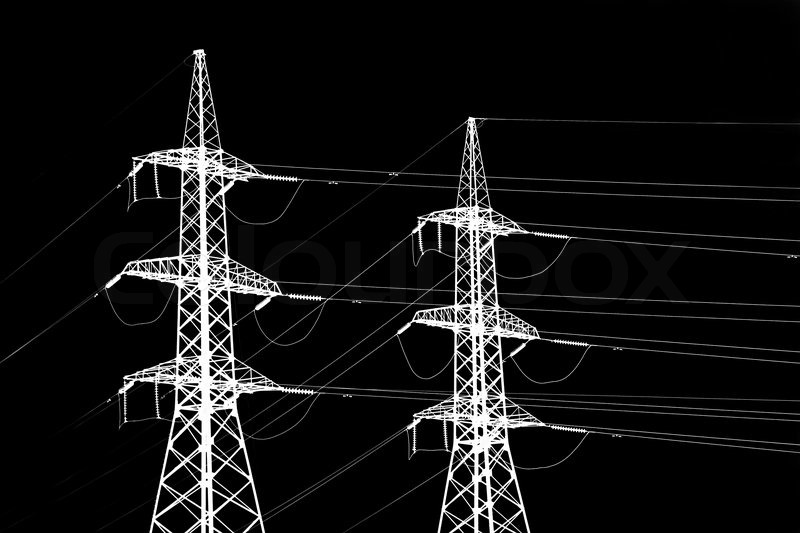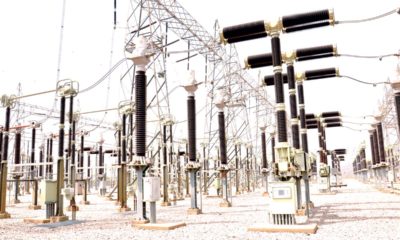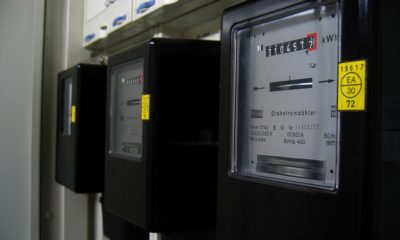- Power Generation Wobbles, Collapses Twice in Nine Days
Power generation has continued to wobble, as the data obtained from the Federal Ministry of Power, Works and Housing on Monday in Abuja showed that the country’s electricity grid collapsed twice in the past nine days.
Figures from the FMPWH showed that electricity generation crashed from the 2,548.5 megawatts recorded on April 14, 2019, to as low as 18MW on April 15.
Another collapse of the grid was recorded the next day being April 16, as power generation crashed to 19.7MW.
This, however, moved up to 3,964.8MW on April 17 and continued to fluctuate, as the grid posted the highest power generation figure of 5,154.4MW on April 19 and by April 21, the figure dropped to a low of 3,897.1MW.
The latest power generation figure on the grid was recorded on April 21, according to data from the power ministry.
The Transmission Company of Nigeria often announced that it had been working tirelessly to avert grid collapses by fixing and building power stations across the country and other facilities to stabilise the system.
It also stated on Monday that it had completed and energised the first phase of the ongoing brand new transmission substation in Ekim, Akwa Ibom State.
“This phase comprises a 60MVA 132/33kV power transformer and three outgoing 33kV feeder bays. The transformer was energised early this month,” TCN’s General Manager, Public Affairs, Ndidi Mbah, said.
She stated that although the first phase had been completed and energised, the 2x60MVA capacity substation would be completed with the execution of the second phase, which also comprised one 60MVA power transformer and three feeder bays.
According to TCN, the Ekim transmission substation project was being executed in collaboration with the Akwa Ibom State Government.
“While TCN provides and installs the transformers, switchgear and gantries using its in-house engineers, the Akwa Ibom State Government is providing all the civil works associated with the execution of the project,” Mbah added.
She noted that having energised the first phase of the project, TCN now had additional 48MW of bulk power supply for the Port Harcourt Electricity Distribution Company to off take, through the three feeders to its customers.
The power transmission firm listed the customers as the Akwa Ibom State University, coconut oil refinery, meter manufacturing factory, syringe factory, Ikot Abasi and Onna Local Government Areas, as well as Mkpat Enin.
“It is expected that with more supply to PHEDC through the new substation, these customers would experience more hours of stable and sustained power supply,” Mbah said.
She said the Ekim transmission substation was one of the new transmission substation projects which the TCN had successfully executed within the last one year.

 Naira4 weeks ago
Naira4 weeks ago
 Naira4 weeks ago
Naira4 weeks ago
 Travel3 weeks ago
Travel3 weeks ago
 Jobs4 weeks ago
Jobs4 weeks ago
 Naira3 weeks ago
Naira3 weeks ago
 Naira3 weeks ago
Naira3 weeks ago
 Investment4 weeks ago
Investment4 weeks ago
 Travel4 weeks ago
Travel4 weeks ago






















